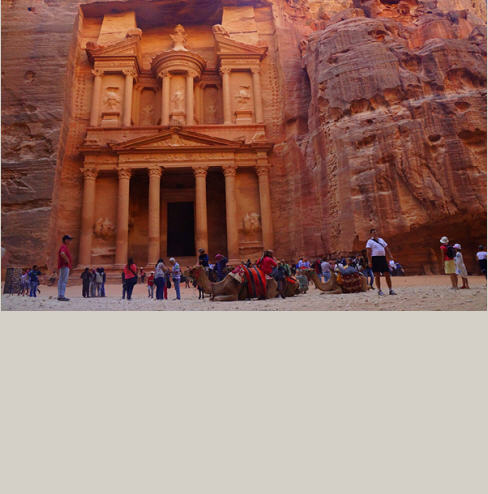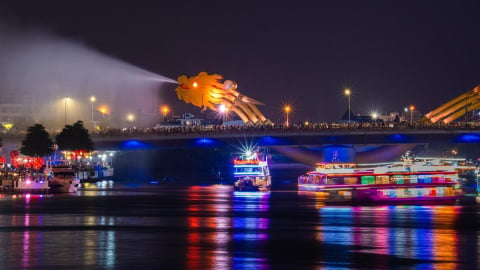The ancient Nabataean city of South Jordan is home to the world-famous tourist attraction Petra. Once the capital of the Nabataean Kingdom from the 6th century BC, Petra flourished until it was conquered by the Roman Empire in 106 AD. A center of trade ever since, Petra continued to flourish until a fateful earthquake destroyed the entire city's infrastructure in 663 AD. Saladin conquered the Middle East in 1189 and Petra was completely forgotten by both the east and west for centuries.
In 1812, Swiss explorer Johann Ludwig Burckhardt, disguised as an Arab scholar, infiltrated the Bedouin city and put it back on the world map. After many excavation efforts, Petra became a tourist archaeological attraction of Jordan since 1929. It became famous worldwide when the movie Indian Jones and the Last Crusade was filmed here and in 2007, Petra was considered one of the New 7 Wonders of the World.
The photos of Petra below were taken by photographer Samuel Jeffery - who has been traveling around the world for the past 6 years.
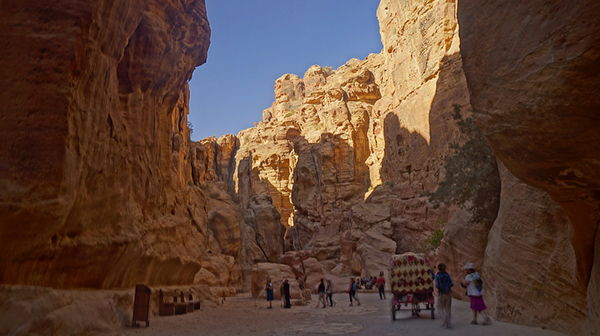
Petra is an archaeological site in southwestern Jordan, located on the slopes of Mount Hor, in a basin between the mountains that form the eastern flank of Arabah (Wadi Araba), a large valley running from the Dead Sea to the Gulf of Aqaba. It is famous for its numerous rock-cut statues.
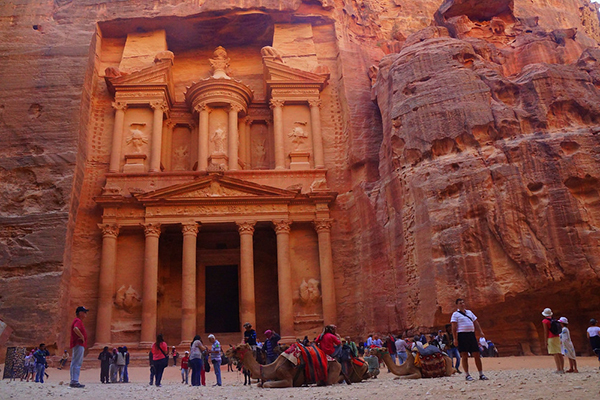
This is an iconic image of Petra, Jordan. But you won’t get any for yourself because it’s always crowded with tourists and locals.


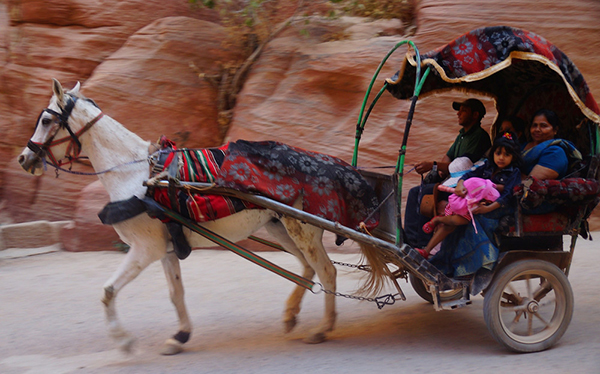
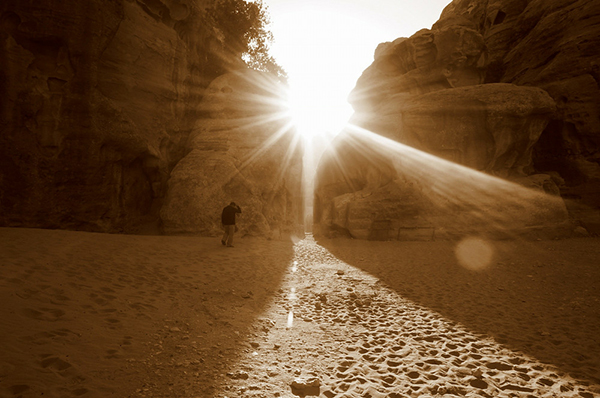
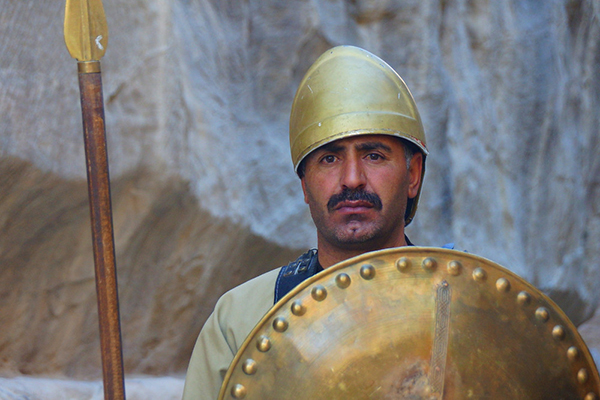
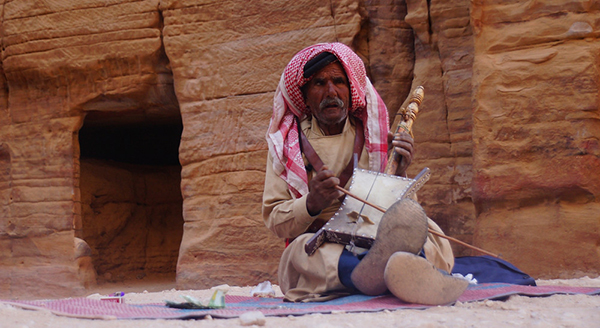
This man is the most photographed by tourists here.
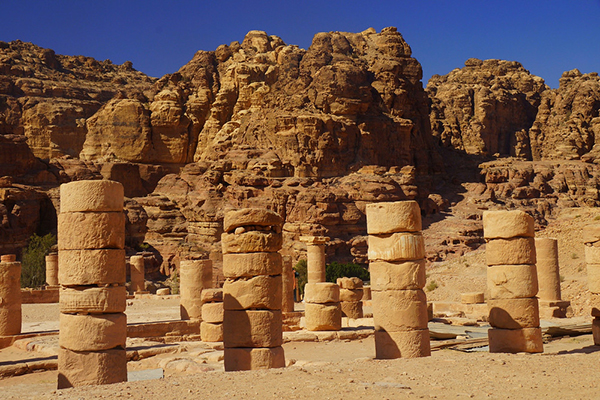

Donkeys, horses and camels are all used to carry visitors to the archaeological site. But donkeys are perhaps the least attractive.
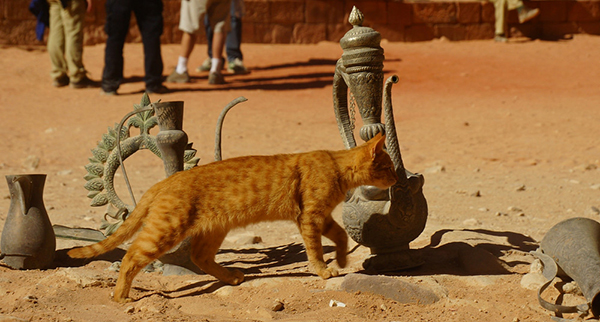
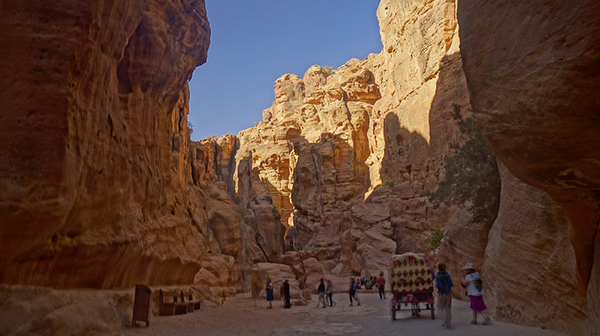
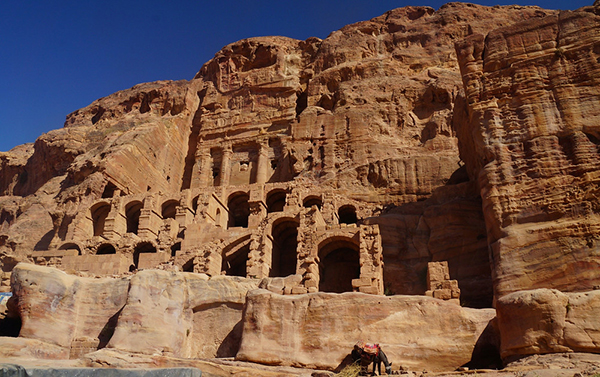

Camels for rent
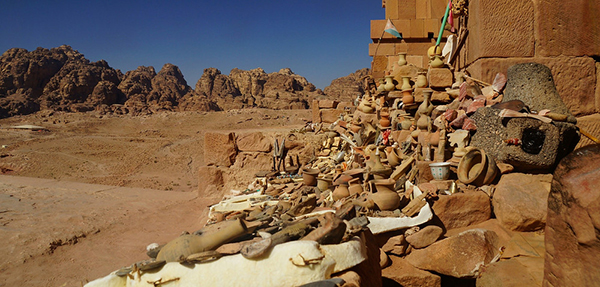
Souvenirs sold at Retra

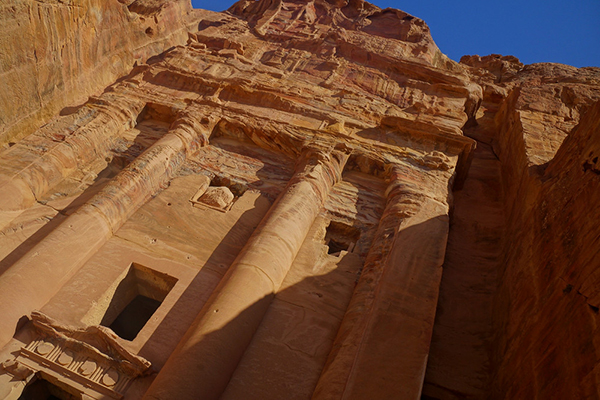
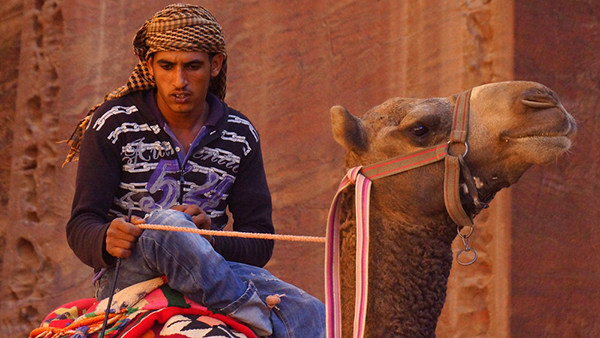
This Bedouin man is waiting for customers to come and ride his camel.





